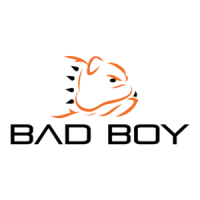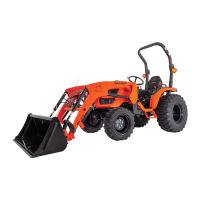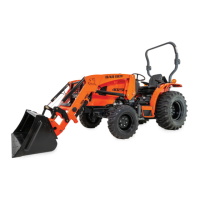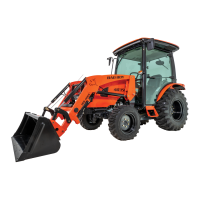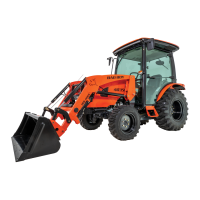PREFACE
This manual is to provide servicing personnel with extensive information on the structure, service procedure,
removal and installation procedure, disassembly, troubleshooting and more for the 1025H TRACTOR with
high-end technology to ensure precise and rapid service.
Most accidents are resulted from negligence in safety precautions and directions, so it is very necessary to follow
such precautions and directions to avoid any safety accident beforehand. Service technicians should provide
quality service to prevent any safety accident and enhance customer satisfaction so they should fully understand
the service procedure, methods, inspection points and safety precautions for accurate service.
To ensure optimum condition of your tractor, it is highly recommended to use only BBT genuine parts which are
manufactured under strict quality assurance policy for premium quality, durability and reliability. BBT is always
committed to provide best quality products through extensive research, study and development.
Information in this manual is subject to change without notice for improvement of the product.
Please keep this manual in a safe place. If there is any typo, incorrect information or question about this manual,
feel free to contact BBT.
(Oct. 2020)
BAD BOY TRACTORS Co. Ltd.
※ Remark
This manual does not contain all accidents and preventive measures that can occur during ser-
vice. Make sure to have this tractor serviced only by professional technicians with care.
-
erwise, it can affect the tractor's performance seriously.
